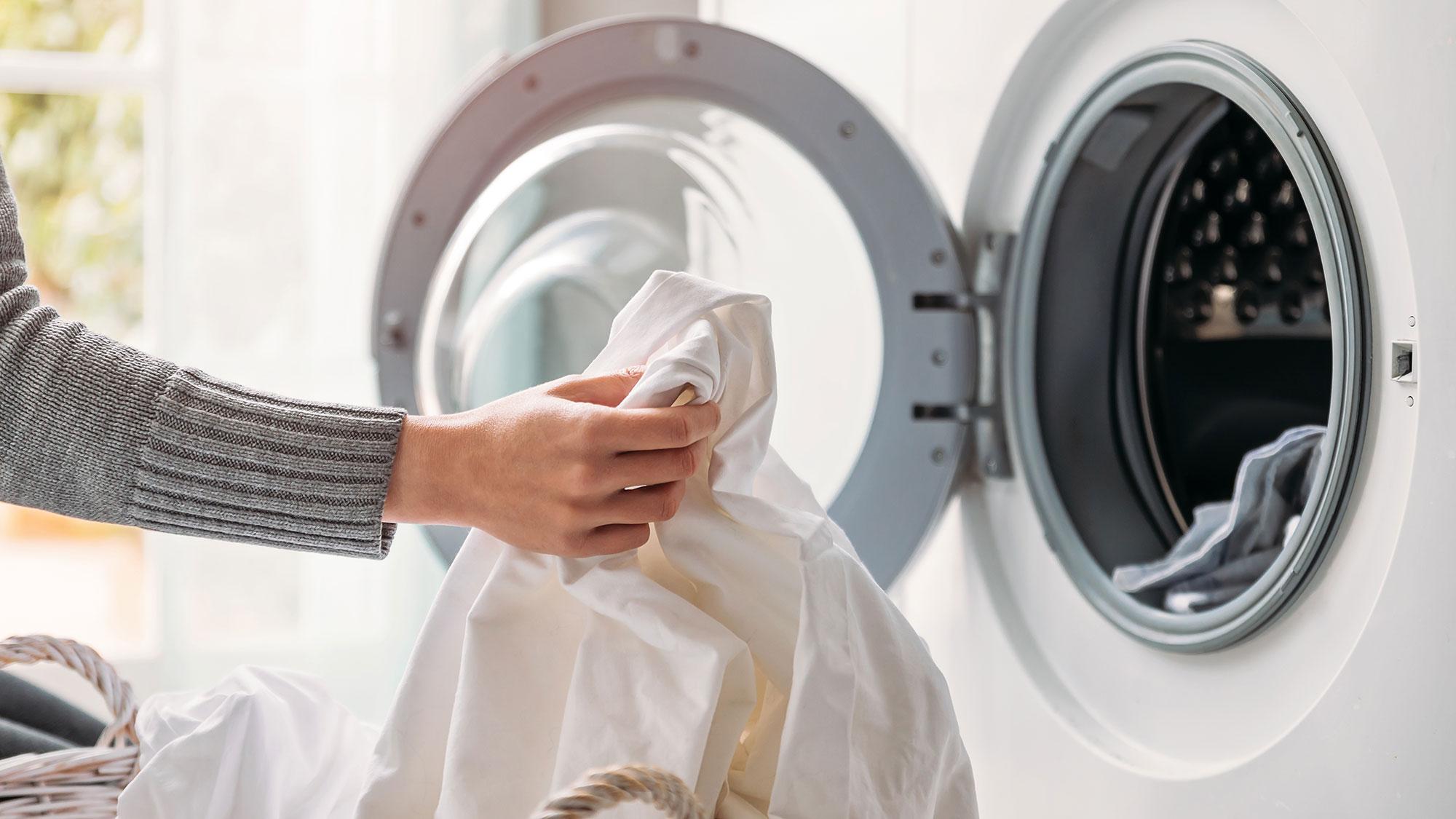Bosch Washing Machine Excessive Vibration Fix: My Experience with the Bosch Serie 6

When I first bought my Bosch Serie 6 washing machine, I was impressed by its efficiency and how quiet it was compared to my old model. But after a few months of regular use, I noticed an alarming issue: the machine started vibrating excessively during the spin cycle. The sound was loud enough to shake the laundry room walls. At first, I thought it was just the heavy load I put inside, but even with lighter loads the issue persisted. Searching online, I came across several helpful resources on manymanuals.com where I found troubleshooting tips specific to Bosch appliances.
Why Washing Machines Vibrate Excessively
Understanding the problem is always the first step. A washing machine like the Bosch Serie 6 can shake or vibrate due to:
-
Unbalanced loads (clothes bunched on one side).
-
Uneven flooring beneath the machine.
-
Loose transit bolts not removed during installation.
-
Worn-out shock absorbers or dampers.
-
Excessive spin speeds combined with minor alignment issues.
Knowing these possible causes helped me approach the issue methodically rather than panicking.
Step 1: Checking Load Distribution
The simplest fix often lies in how clothes are loaded. On several occasions, I realized I was overloading the drum with towels or bedding. These items tend to clump together, throwing off the machine’s balance. After redistributing the load and trying again, the vibrations were noticeably reduced.
Step 2: Verifying Transit Bolts
A surprising discovery I made was that the transit bolts at the back of the machine had not been removed during installation. These bolts are designed to keep the drum secure during transport but must be taken out before using the machine regularly. Failing to do so can cause the entire unit to shake violently. Using the instructions I found in the Bosch manuals, I carefully removed the bolts, and the improvement was immediate.

Step 3: Leveling the Machine
The floor in my laundry room wasn’t perfectly flat. This contributed heavily to the instability. Using a spirit level, I checked all sides of the washing machine. By adjusting the front legs and ensuring all four were firmly in contact with the floor, I eliminated much of the rocking motion.
Step 4: Inspecting Shock Absorbers
Even with the above fixes, my Bosch Serie 6 still had a noticeable vibration at high speeds. I learned that washing machines are fitted with shock absorbers or dampers to minimize drum movement. Over time, these can wear out. With help from online tutorials, I inspected them and confirmed they were still functional, though slightly loose. Tightening the fittings helped reduce the problem further.
Step 5: Reducing Spin Speed
Another trick I adopted was lowering the spin speed for certain loads. For example, delicate fabrics don’t need maximum spin cycles. By setting the spin speed lower, I avoided unnecessary stress on the drum and reduced noise and shaking.
FAQs About Bosch Washing Machine Vibration
Why does my Bosch washing machine shake violently during the spin cycle?
This usually happens because of unbalanced loads, improper installation, or loose transit bolts.
Can excessive vibration damage my washing machine?
Yes, if left unchecked, vibrations can damage internal components, weaken joints, and shorten the machine’s lifespan.
How do I know if the shock absorbers are bad?
If the drum moves excessively by hand and you hear knocking sounds, the dampers may need replacement.
Should I always fill the drum to capacity?
No, overloading or underloading can both create balance issues. Aim for about two-thirds full for best results.
Is professional repair necessary for vibration issues?
Not always. Many causes, such as uneven floors or leftover transit bolts, can be fixed at home.

My Personal Fixes That Worked Best
For me, the biggest improvements came from two adjustments: removing the transit bolts and leveling the machine properly. Once those were addressed, the vibrations reduced drastically. Redistributing loads and lowering spin speeds became habits that kept the machine stable.
Long-Term Maintenance Tips
Through this experience, I also learned that preventing vibration isn’t a one-time fix. It requires consistent habits:
-
Always check that the machine is level before use.
-
Avoid washing single heavy items like blankets alone—mix them with smaller clothes for balance.
-
Inspect shock absorbers every year.
-
Keep the machine on a solid, flat surface instead of flexible flooring.
With these steps, my Bosch Serie 6 is back to running quietly, and I no longer worry about it damaging my laundry room.
What I Learned From Research
Reading user experiences and troubleshooting guides helped me see that I wasn’t alone in this issue. Many Bosch owners encounter excessive vibration, but most cases have simple fixes. I found structured solutions in Bosch manuals, which provided official guidance on installation and maintenance. Later, when I needed more practical examples, I turned to community advice and DIY resources.
Toward the end of my troubleshooting, I also checked out tutorials on manymanuals.fr. What I liked was the straightforward, step-by-step instructions that made even complex adjustments feel manageable.
Final Thoughts from My Experience
Now, with my Bosch Serie 6 operating smoothly again, I realize how important it is to follow installation steps properly, maintain balance during every load, and keep the machine on level ground. Excessive vibration might feel like a major fault, but in reality, it is often the result of small oversights that can be fixed with patience and the right guidance. Today, my washing machine runs quietly again, and I have more confidence in maintaining it myself without rushing to expensive repairs.
- Art
- Causes
- Crafts
- Dance
- Drinks
- Film
- Fitness
- Food
- Spiele
- Gardening
- Health
- Startseite
- Literature
- Music
- Networking
- Andere
- Party
- Religion
- Shopping
- Sports
- Theater
- Wellness


